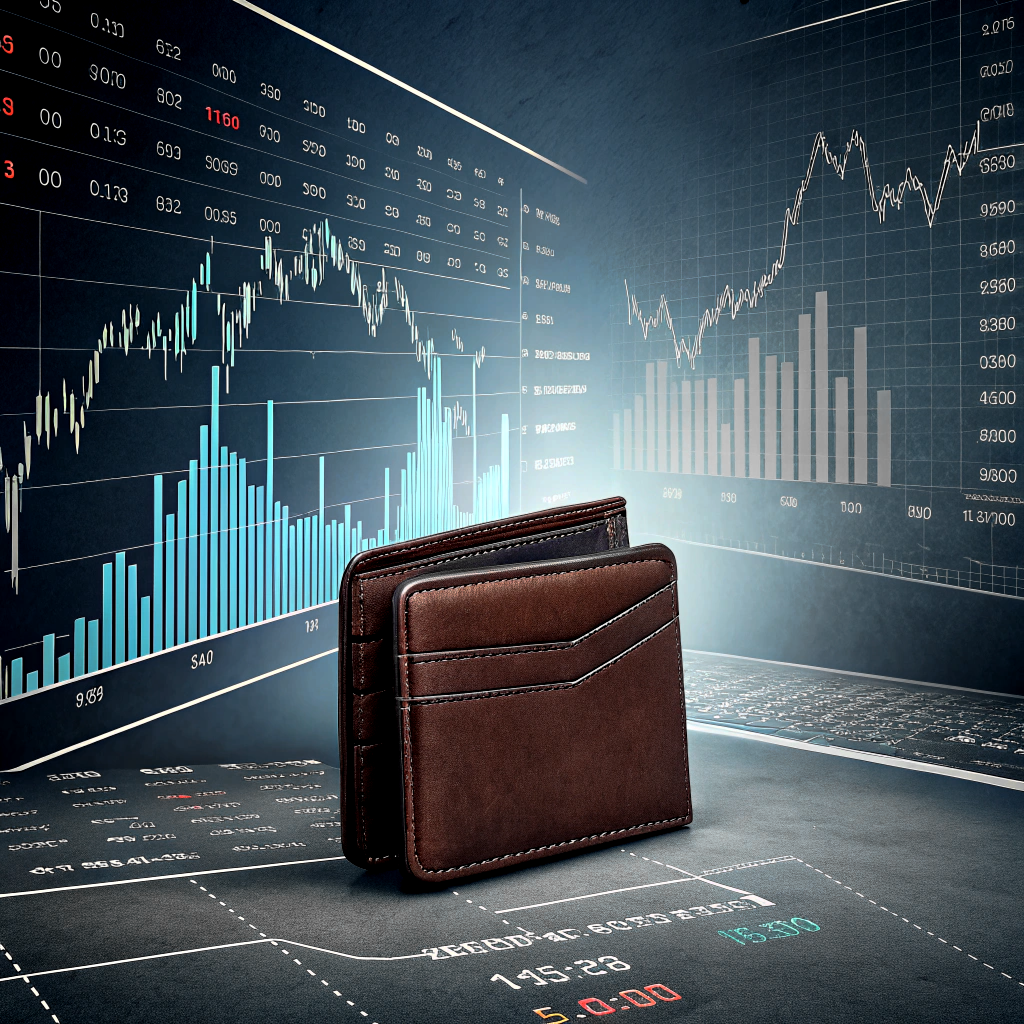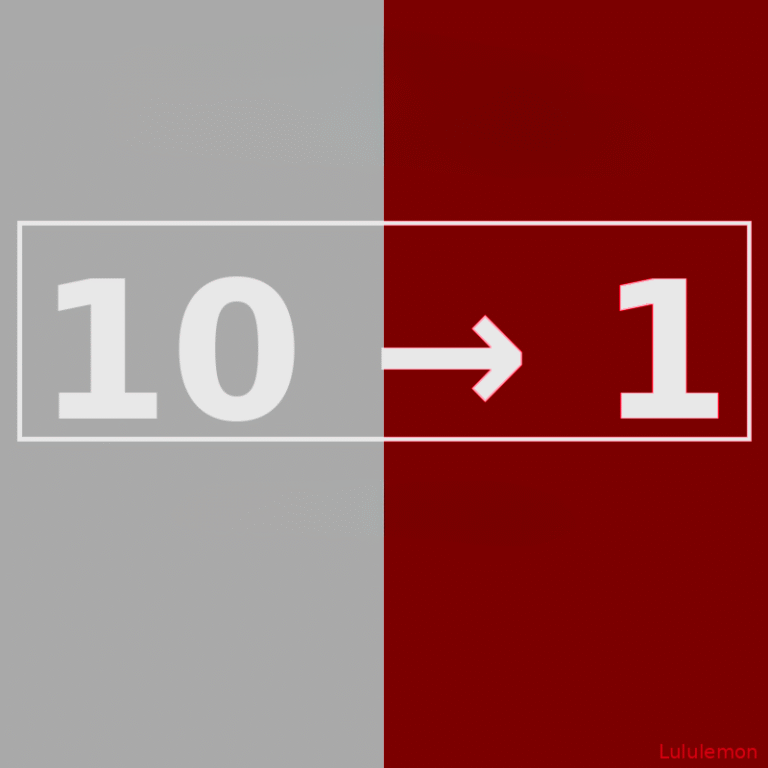What Is Free Margin? Essential Guide for Smart Forex Trading

What Is Free Margin in Forex Trading?
Free margin is the portion of your trading account equity that remains uncommitted after accounting for the margin required to maintain your open positions. In simplest terms, it’s your “available” funds — you can think of it as spending money versus money already set aside for pending expenses. In forex, when you enter a trade, the broker reserves a percentage of your balance as used margin. The remainder is your free margin, which you can use to open new trades or buffer against adverse price movements.
This concept is critical for risk management: if your free margin approaches zero, you risk receiving a margin call — or worse, having your positions liquidated automatically. Monitoring free margin helps you avoid overexposure and stay within your risk limits.

How Does Free Margin Work?
Free margin fluctuates dynamically as market prices change and as you open or close positions:
- Opening a Position: When you buy or sell a currency pair, the broker locks up a fraction of your equity based on your chosen leverage.
- Unrealized Profit and Loss: As the price moves, your unrealized P/L is added or subtracted from your balance to compute your equity.
- Margin Calls and Stop-Outs: Brokers set a minimum margin level (e.g., 50 %). If your margin level (equity ÷ used margin) drops below this threshold, you receive a margin call; if it falls further (stop-out level, e.g., 20 %), positions are closed automatically to protect both you and the broker.
Key Point: Free margin = Equity – Used Margin. By tracking this metric in real time, you ensure you have enough buffer to ride out short-term volatility without forced liquidations.
Calculating Free Margin
Understanding the components of the calculation is crucial for sound risk control.
| Component | Definition |
| Equity | Account balance plus unrealized P/L on open positions. |
| Used Margin | Funds reserved by the broker to hold current trades. |
| Free Margin | Equity minus used margin; funds available for new positions or absorbing losses. |
Calculating Equity
Equity = Account Balance + (Unrealized Profit – Unrealized Loss)
Example: If your balance is $10,000, you hold two positions showing +$200 and –$50, equity equals $10,150.
Free Margin Formula
Free Margin = Equity – Used Margin
Example: With $10,150 equity and $2,000 used margin, your free margin is $8,150.
Example: No Open Positions
- Balance: $5,000
- Unrealized P/L: $0 (no trades)
- Used Margin: $0
Free Margin: $5,000 – $0 = $5,000
Example: Open a Long USD/JPY Position
- Step 1: Calculate Required Margin
Suppose leverage = 100:1, position size = $100,000 → margin = $1,000. - Step 2: Calculate Used Margin
Broker reserves $1,000. - Step 3: Calculate Equity
If trade shows +$300 unrealized, equity = balance $5,000 + $300 = $5,300. - Step 4: Calculate Free Margin
Free Margin = $5,300 – $1,000 = $4,300.
Free Margin vs Used Margin vs Total Margin
These three metrics together describe your account’s health and capacity.
- Total Margin = sum of all required margins for open trades.
- Used Margin = portion of equity locked to maintain positions.
- Free Margin = remaining balance ready to support new trades or cushion drawdowns.
Margin vs Free Margin
While margin expresses commitment to active deals, free margin indicates flexibility. A dwindling free margin raises the risk of forced liquidation.
Fast Fact
Brokers commonly set margin call levels at 50% and stop-out at 20% of the required margin. Exceeding these can lead to forced position closures.
Free Margin and Leverage
Leverage lets you control large positions with a small deposit but comes at the cost of higher risk. Higher leverage reduces the amount of margin each trade requires, freeing up more free margin — yet magnifying both profits and losses. Select leverage that aligns with your risk tolerance and strategy:
- Low Leverage (≤ 30:1): Suited for swing traders and those prioritizing capital preservation.
- Medium Leverage (50:1): Balances risk and reward for active traders.
- High Leverage (100:1+): Only for experienced traders with robust risk controls.
Managing Free Margin for Success
A disciplined approach to margin management enhances longevity and performance.
Preventing Margin Calls
- Alerts: Set platform notifications when free margin falls below 30% of equity — Meta5 app users can enable push alerts directly to their mobile devices for instant warnings.
- Partial Closures: Close or hedge underperforming positions before reaching critical levels.
More Trading Opportunities
Maintain at least 25–30% free margin to diversify across currency pairs or strategies without compromising your buffer.
Better Risk Management
- Position Sizing: Limit risk to 1–2% of equity per trade.
- Correlation Checks: Avoid multiple highly correlated trades that drain free margin simultaneously.
Avoid Over-Leveraging
Resist maxing out your available margin. Lower leverage means slower account growth but reduces the chance of rapid blow-ups.
Set Stop-Loss Orders
Automatic stops preserve capital and free margin. Consider trailing stops to lock in profits as markets move in your favor.
Monitor Market Volatility
Use tools like the Economic Calendar on TradingView to anticipate high-impact releases and adjust exposure in advance.
Final Thoughts on Free Margin
Free margin is the lifeblood of any leveraged trading account. By calculating it accurately, understanding its drivers, and managing it proactively, you safeguard your capital and maintain the agility to seize new opportunities. Integrate margin checks into your daily routine to build resilience against volatility and to trade with confidence.
Frequently Asked Questions (FAQ)
Why is my free margin important?
It shows how much capital you have left to open or sustain positions, directly impacting your ability to handle market moves.
What is a safe level of margin for my Forex trading account?
Aim to keep free margin above 20–30 % of your equity; adjust based on volatility and personal risk tolerance.
What if my margin level runs low without me noticing?
Most platforms allow tiered alerts; ignore them at your peril — without action, the broker may close positions automatically.
What happens if my free margin drops to zero?
You’ll receive a margin call; if unaddressed, your broker will start liquidating positions at prevailing market prices.
How can I increase my free margin?
Deposit funds, close or reduce positions, or lower leverage to decrease your margin requirements.
How much margin do I need to trade Forex?
Required margin depends on position size and leverage. For example, a $100,000 notional at 50:1 requires $2,000.
Can you withdraw free margin?
Yes — funds not committed to used margin can be withdrawn, subject to your broker’s withdrawal policies.
Is margin money free?
“Free” refers to availability rather than cost; you may still incur overnight financing or swap fees on leveraged positions.




